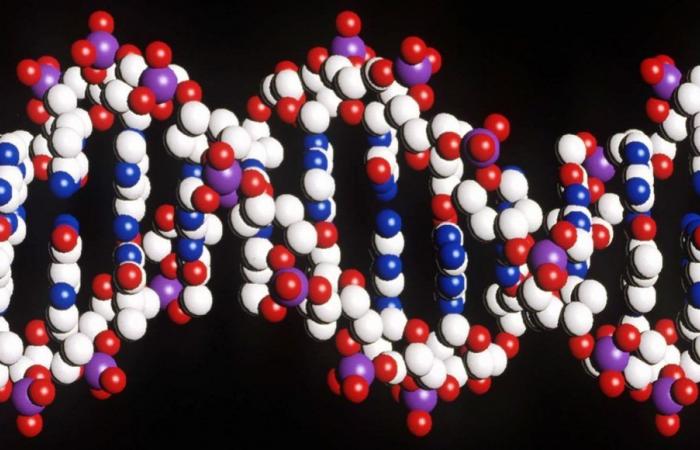Genetic engineering and gene therapy take a step forward, identifying a new method to reprogram the genome, a method described in the journal Nature in two studies published by Atrick Hsu of the U.S. Arc Institute and Hiroshi Nishimasu from the University of Tokyo. The mechanism underlying the new method for reprogramming the genome no longer includes molecular scissors, like those that characterize the Crispr genome editing technique, but a sort of bypass that connects the donor sequence with the target one without cutting the DNA. This is an important step forward for genetic engineering and gene therapy.
Nobel Charpentier: “This is how my molecular ‘scissors’ work against tumors and genetic diseases”
by Valeria Pini
June 18, 2024
The experimentation
Both research groups have developed the new technique with experiments on Escherichia coli bacteria and further research is now needed to assess whether this method is feasible and safe in different species and cell types, including mammalian ones. The potential advantages over the techniques currently in use are considerable because the new method promises to be simpler and more efficient from now on.
“Current genome editing technology, today considered the definitive cure for genetic diseases, has some limitations that require refinement,” he explained. Giuseppe Novelli, geneticist at the University of Rome Tor Vergata -. The discovery of these new molecular tools allows us to modify DNA without making cuts, but by exploiting recombination, i.e. the crucial biological process for creating new genes and increasing genetic diversity”. “The possibility of guiding this process – adds the geneticist – constitutes an extraordinary advance in genetic engineering, virology, synthetic biology and diagnostic applications.”
How the mechanism works
The mechanism is based on recombinases, proteins that are able to exchange regions of DNA by coordinating the fundamental process of genetic recombination that normally occurs in nature. Recombinases have been known for some time, but the one now discovered is the first known to use RNA, the single-stranded sister molecule of DNA, as a bridge between the donor and target sequences. This RNA bridge folds into two rings: one linked to the DNA sequence to be inserted and the other to the point where the insertion is to be made. Both rings are independently programmable, allowing for practically any pair of genetic sequences to be combined, a sort of universal molecular ‘adapter’.
To each his own cure: the keys to discovering and curing diseases are in DNA
by Valentina Arcovio
08 April 2024
60% efficient technique
Tested in E. coli bacteria, the new technique demonstrated a 60% efficiency in inserting a DNA sequence and recognized the correct genomic location in which to make the edit in more than 94% of cases. “The RNA bridge system is a fundamentally new mechanism for biological programming,” Hsu emphasizes. “This technique solves some of the most important challenges that other methods of genome editing face,” he adds. Matthew Durrantco-author of the two studies -. The ability to guide the reorganization of two molecules of
Any DNA opens the door to revolutionary discoveries in genome design”.
v






